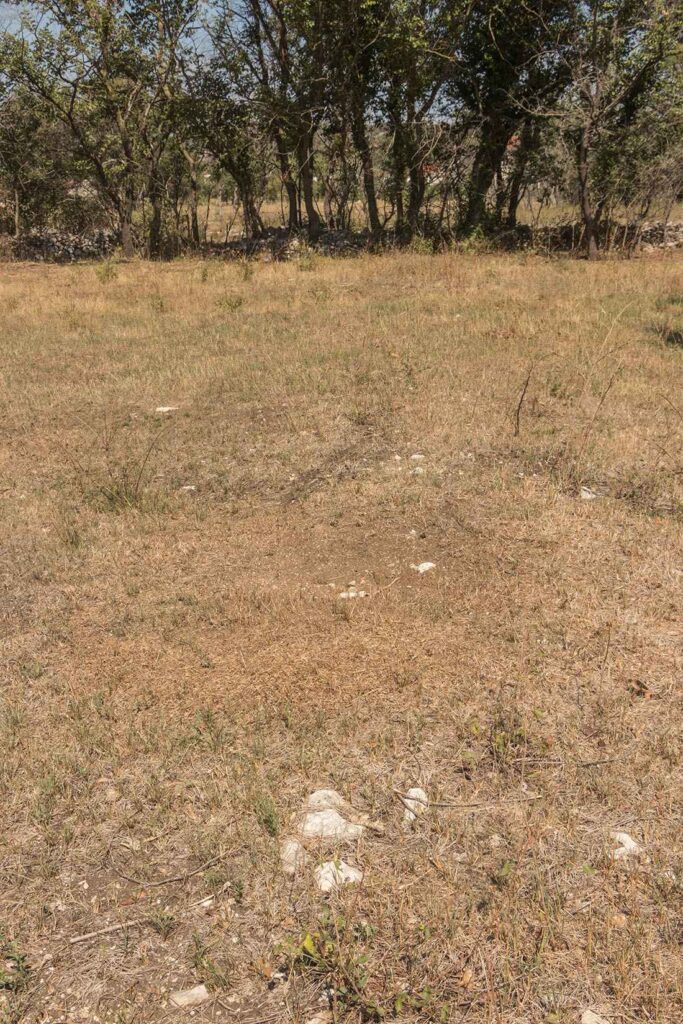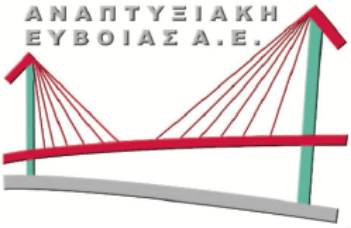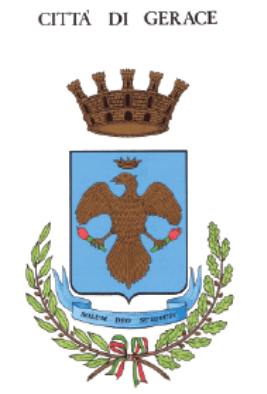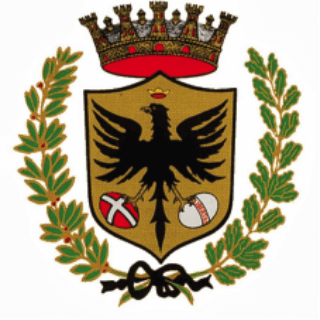
South of the main road Vitina - Ljubuški lies the locality Dračevica, with several privately owned plots. In 1894, Franjo Fiala discovered the remains of a Roman building complex (63 x 47m) on an area of four hectares. An abundance of fragments of pottery, bricks and tiles, agricultural tools, jewelery and coins, mostly emperors from the 2nd to the 4th century, have been excavated from movable finds. Two tombstone inscriptions and a milestone of Domitius Aurelian from the 3rd century particle from Dračevica there are several stone fragments (capitals and bases of pillars, parts of milestones). A well made of stone stones has been preserved on the property of Pero Zovko. Next to Dračevica, in the direction of Humac, a four-meter-wide field road leads almost in a straight line, which is probably the rest of the route of the Roman road Salona - Narona. A researcher of Roman roads in the province of Dalmatia, Ivo Bojanovski, located the Bigeste road station on Dračevica, stating that it was a building that was excavated by Fiala. However, the prevailing opinion is that the building in Dračevica is a villa rustica.





